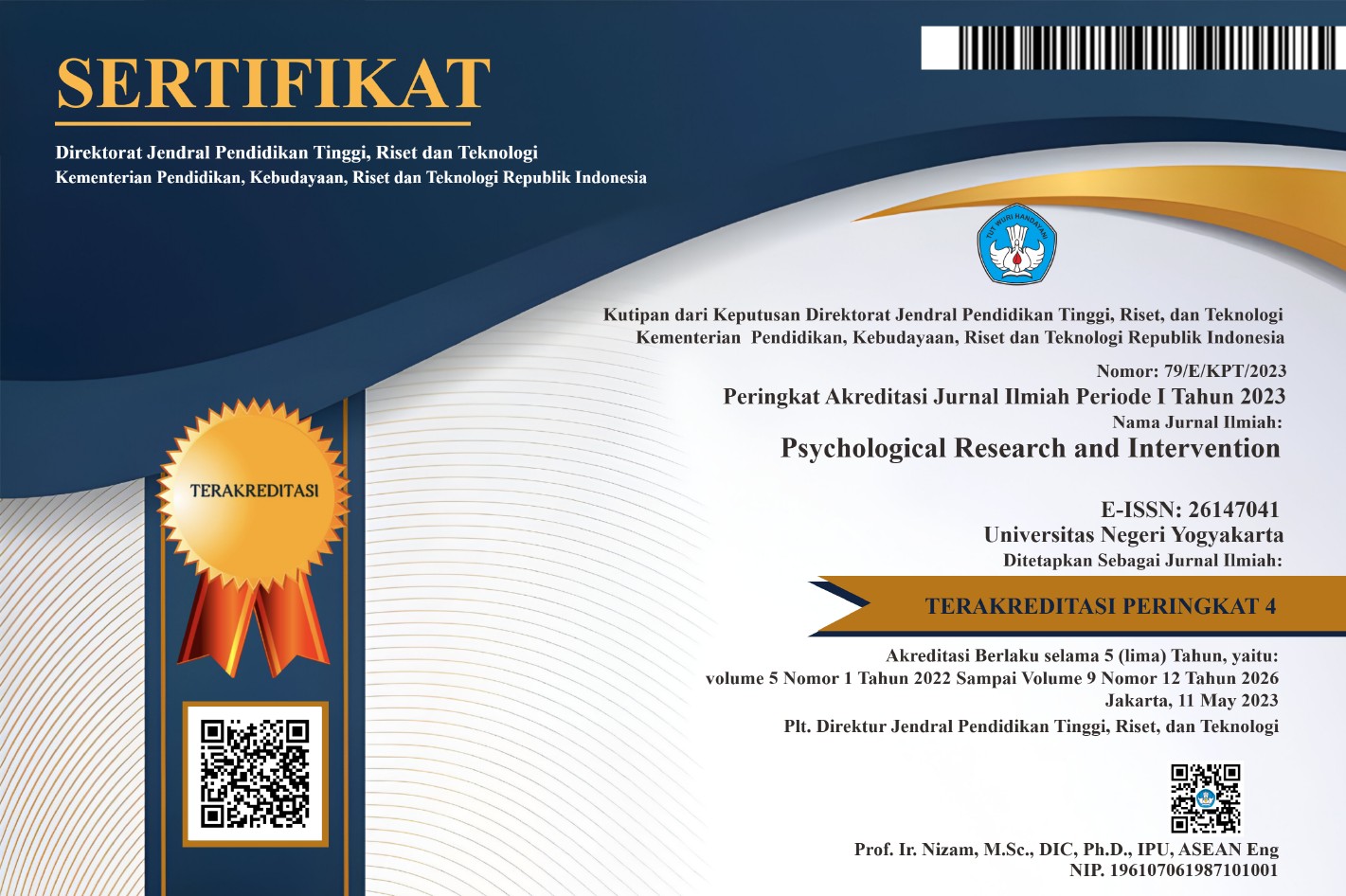Dynamics of career development of Giriloyo batik makers
DOI:
https://doi.org/10.21831/pri.v2i1.28031Keywords:
career development, career development tasks, batikAbstract
The purpose of this study is to describe the dynamics of the career development on each stage, starting from growth, exploration and establishment in Batik makers of Giriloyo. This study employs case study qualitative research methods, and involves three women who worked as batik maker. Data analysis was performed by data reduction, data presentation, and conclusion drawing. From this research it is revealed that participants did not fulfill the developmental tasks at all three stages as a whole and they went through stages of career development sequences and period that is differed from the established theory of career development. It is also revealed that the participants experienced dissatisfaction with the wages. However, in the other hand they felt proud to be able to take part on their community and wishes to continue to make batik as long as they are physically able. The results of the study led researchers to recommend early career recognition by families, schools and communities.
References
Arulmani, G., Bakshi, A. J., Leong, F. T. L, & Watts, A. G. (Eds). (2014). Handbook of career development: international perspectives. New York: Springer.
Brown, S. D. & Lent R. W. (Eds). (2013). Career development and counseling: putting theory and research to work. New Jersey: John Wiley and Sons, Inc.
Gross-Spector, M. dan R. G. Cinamon. (2016). Assessing adults' career exploration: Development and validation of the vocational and maternal identity exploration scales. Journal of Career Development, 45 (1), 19-33.
Guan, Y., Liu S., Guo, M. J., Li, M., Wu, M., Chen, S. X., Xu, S. L., & Tian, Lin. (2018). Acculturation orientations and Chinese student sojourners' career adaptability: The roles of career exploration and cultural distance. Journal of Vocational Behavior, 104, 228-239.
Hartung, P. J., Porfeli, E. J., & Vondrace, F. W. (2005). Child vocational development: A review and reconsideration. Journal of Vocational Behavior, 66, 385-419.
Marcia, J. (1966). Development and validation of ego-identity status. Journal of Personality and Social Psychology, 3 (5), 551-558.
Miles, M. B. & Huberman A. M. (1994) Qualitative data analysis 2nd Edition. Thousand Oaks: Sage Publications.
Super, D. E. (1980). A life-span, life-space approach to career development. Journal of Vocational Behavior, 16, 282-298.
Super, D. E. (1976). Career education and the meanings of work: Monograph on career education. Washington D. C.: Superintendent of Documents, U. S. Goverment Printing Office.
Super, D. E. & Jordaan, J. P. Career development theory. (1973). British journal of guidance and counseling, 1(1), 3-16.
Super, D. E. (1972). Vocational development theory: Persons, positions, and processes. Dalam Whiteley, J. M. & Resnikoff, A. (Eds.) Perspective on vocational development. Washington D. C.: American Personnel and Guidance Association.
Tiedeman, D. V., Roe, A., Super, D. E., & Holland, J. (1972). Perspectives on vocational development. Washington D. C.: American Personnel and Guidance Association.












